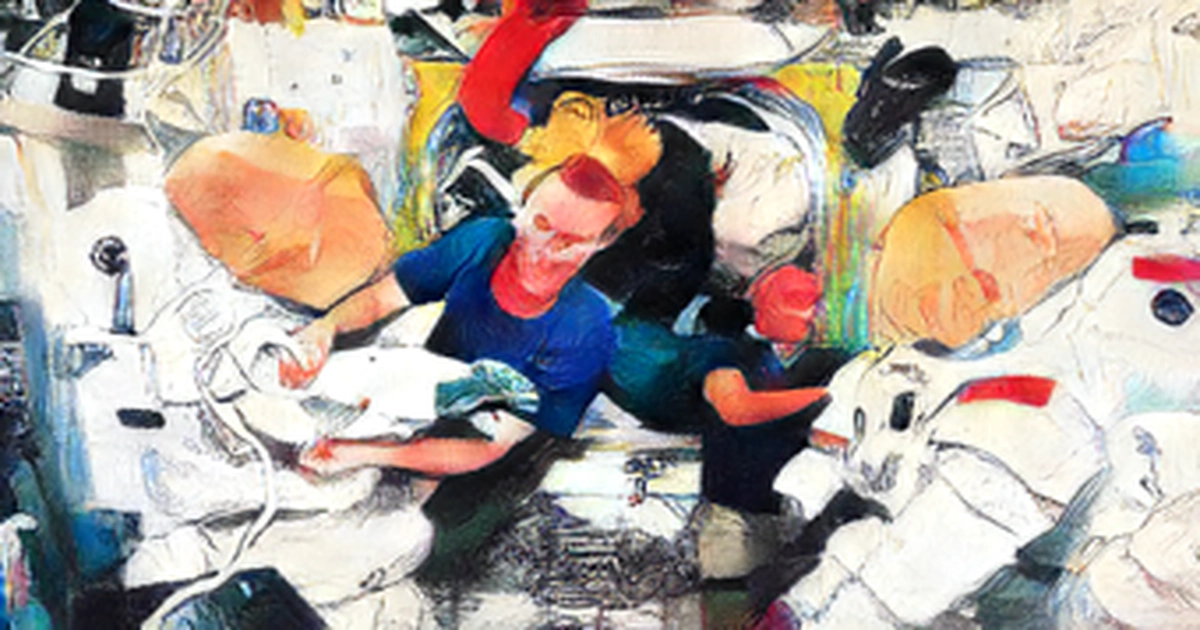
A study of bone loss in 17 astronauts who flew aboard the International Space Station has provided a fuller understanding of the effects of space travel on the human body and steps that can be mitigated during potential ambitious future missions.
The research has collected new data on bone loss in astronauts caused by the microgravity conditions of space and the degree to which bone mineral density can be regained on Earth.
It involved 14 male and three female astronauts with an average age of 47, whose missions ranged from four to seven months in space, with an average of about 5.5 months.
A year after returning to Earth, astronauts exhibited 2.1 per cent reduced bone mineral density at the tibia, one of the bones of the lower leg, and 1.3 per cent reduced bone strength.
Nine of the nine bone mineral density was not recovered after the space flight, experiencing permanent loss.
We know that astronauts lose bone on long-duration spaceflight. For a year after their space travel, what's a novel about this study is that we followed astronauts for a year to understand if and how bone recovers, said Leigh Gabel, a professor at the University of Calgary who was the lead author of the study, which was published this week in Scientific Reports.
Bone loss occurs because bones that normally would be weight-bearing on Earth don't carry weight in space.
Professor Gabel said that space agencies are going to need to improve countermeasures — exercise regimes and nutrition — to help prevent bone loss.
She said fine bone structures thin and eventually some of the bone rods disconnect from one another during spaceflight.
When the astronaut comes back to Earth, the remaining bone connections can thicken and strengthen, but can't be reconstructed, so the overall bone structure can change permanently. The study's astronauts flew on the space station within the past seven years.
The findings did not give their nationalities but came from the US space agency NASA, Canadian Space Agency, European Space Agency and Japan Aerospace Exploration Agency.
Space travel poses different challenges to the human body, which is one of the main concerns of space agencies as they plan new explorations.
NASA is aiming to send astronauts back to the moon, a mission planned for 2025 at the earliest.
It could be a prelude to future astronaut missions to Mars or a longer-term presence on the lunar surface.
Microgravity affects a lot of body systems, including bone and muscle, according to Dr Gabel.
The cardiovascular system is also affected by many changes. If astronauts don't have gravity pulling blood towards their feet, they experience a fluid shift that causes more blood to pool in the upper body. This can affect the cardiovascular system and vision.
The more they travel from Earth, the more exposure to the sun's radiation and increased cancer risk, is a health concern for astronauts. The findings also showed that longer space missions resulted in more bone loss and a lower likelihood of recovering bone afterwards.
In-flight exercise — resistance training on the space station — proved important for muscle and bone loss.
Astronauts who performed more deadlifts than what they normally did on Earth were found to be more likely to recover bone after the mission.
There is a lot we still don't know about how microgravity affects human health, particularly on space missions longer than six months, and the long-term health consequences, according to Dr Gabel.
